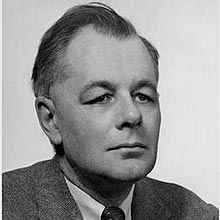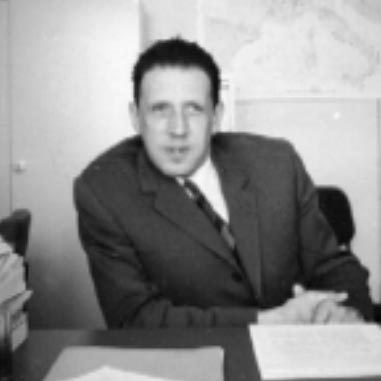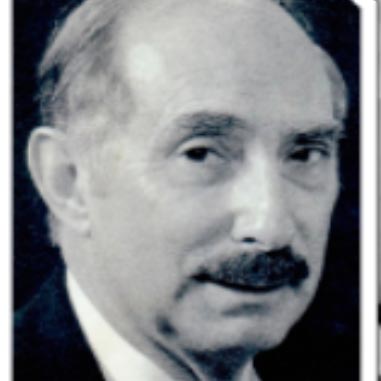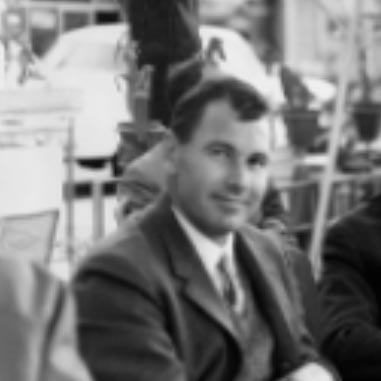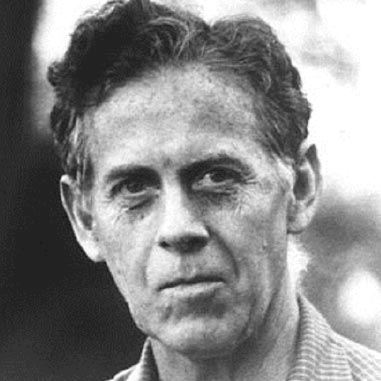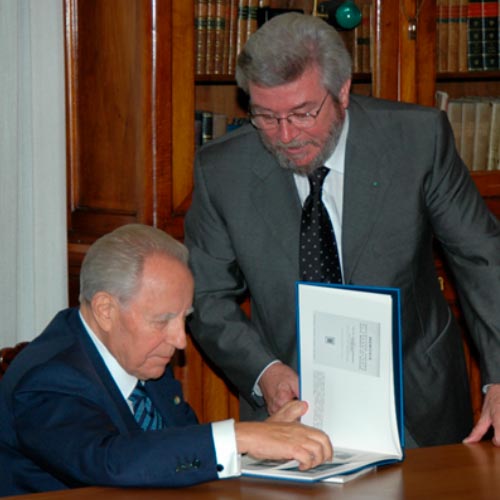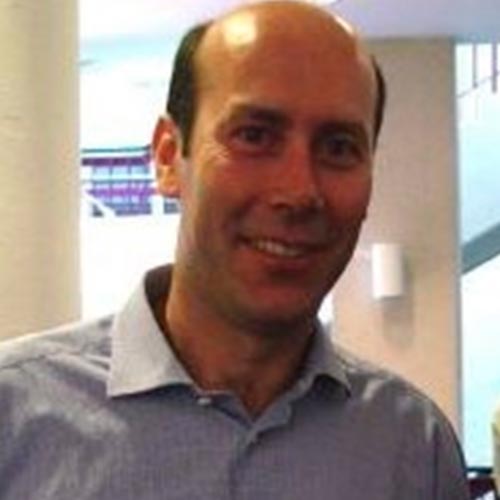In Italy, paleolimnology was born in Pallanza, at the CNR-IRSA Institute, formerly the Italian Institute of Hydrobiology and Institute of Ecosystem Study, located on the Piedmont side of Lake Maggiore, in the Province of Verbano Cusio Ossola (VCO).
The Pallanza Institute


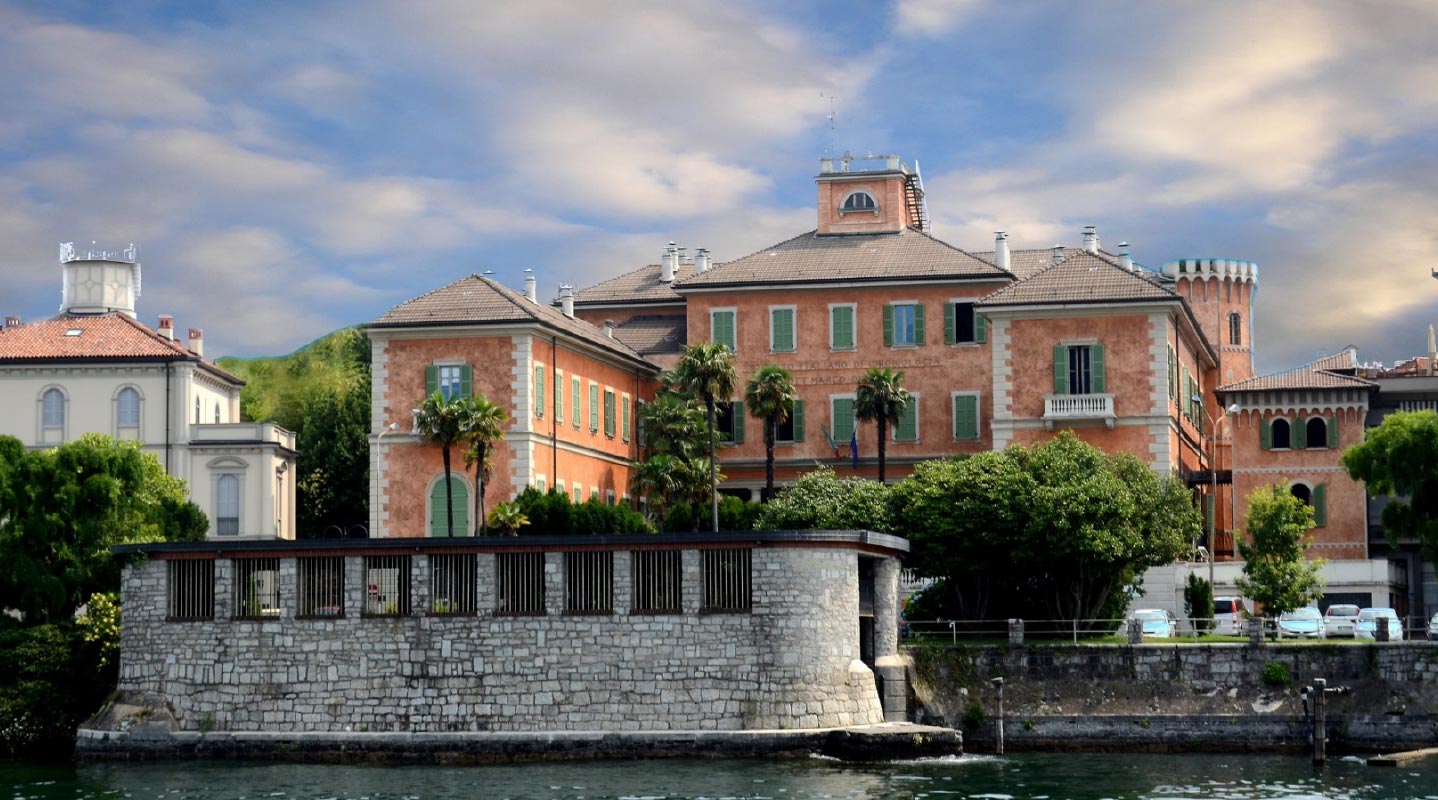
The photo shows the Pallanza’s Institute as it appears today.

Here it shows how it looked at the time of its foundation (1938).

It was founded by Rosa De Marchi Curioni. In 1938, by the will of her husband Marco De Marchi, who has passed away. In this photo of the early 20th century we see them sitting at the work table of one of the studios of the Villa de Marchi, he intent on observing at the microscope a plankton sample under her admiring gaze.
The Italian Institute of Hydrobiology Dr. Marco De Marchi
Foundation in 1938


The donation to the Italian Kingdom included two villas, that of Pallanza on Lake Maggiore and that of Varenna, on Lake Como. The Pallanza’s Institute took the name of the Italian Institute of Hydrobiology, Dr. Marco de Marchi “, an inscription that can still be read on top of the main facade of the villa. The donation was aimed at creating a research center dedicated to the study of lakes, as explained on the plaque placed at the entrance’s hall of Villa de Marchi.
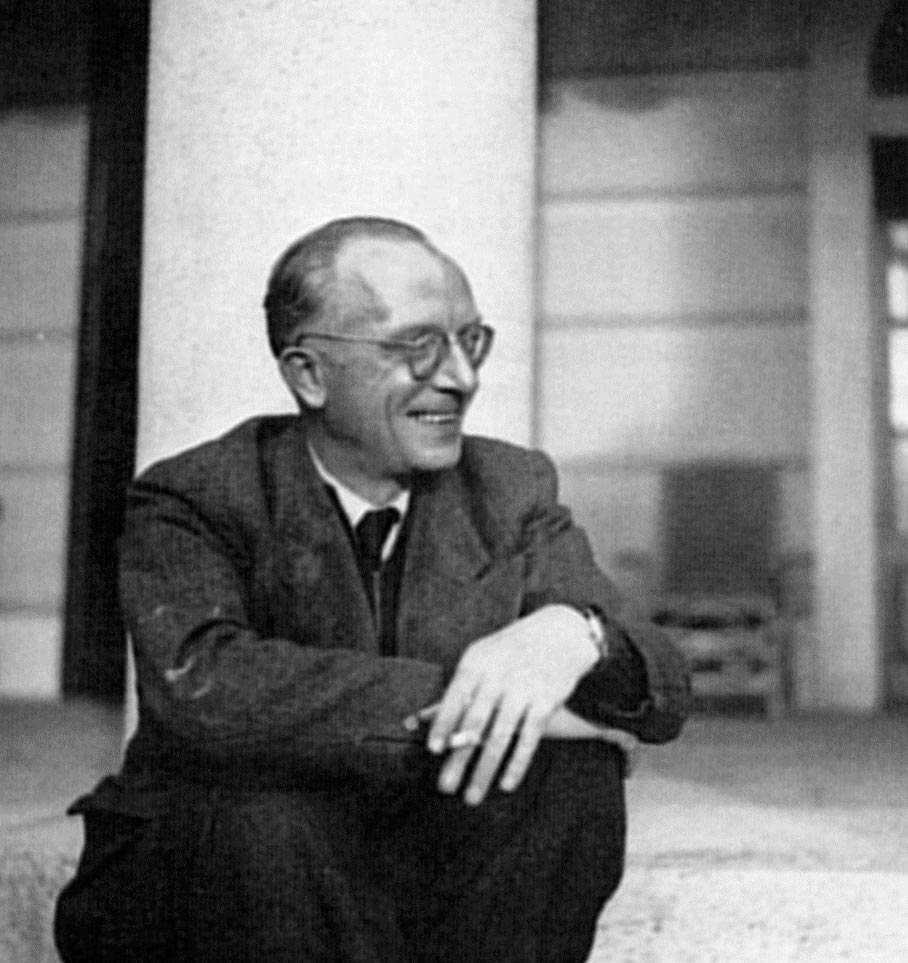
Edgardo Baldi (1899-1951),
first director of the Institute.

Vittorio Tonolli (1913-1967), director from 1951 to 1967.

A pioneer of limnology in Italy was Rina Monti Stella (1871-1937). She studied alpine lakes and the comparative limnology of insubric lakes. You documented the destruction of plankton in Lake Orta caused by industrial pollution.

Livia Tonolli Pirocchi (1909-1985) she took over the direction of the Institute on the death of her husband Vittorio in 1967. She directed the Institute until 1979.
The first director of the newborn institute was Edgardo Baldi, professor of hydrobiology at the University of Milan. He was assistant to Professor Rina Monti Stella, the first woman in the Kingdom to occupy a university chair. Already a student of Camillo Golgi, Professor Emilia Stella was a pioneer of limnology in Italy, studies to which she became passionate following the lessons of Professor Pietro Pavesi, at the University of Pavia where she graduated. After Baldi, Vittorio Tonolli succeeded at the direction of the Institute.. After his death in 1967, his wife Livia succeeded him. Livia Pirocchi Tonolli had been a student and, together with Baldi, assistant to Professor Rina Monti Stella. The Tonolli spouses gave a great boost to limnological research.

Giuseppe Ramazzotti, student of Tardigradi

Vittorio e Livia Tonolli con Adriano Buzzati Traverso, geneticist and biophysicist, brother of the writer Dino Buzzati, in Intra on Lake Maggiore.

Luigi Luca Cavalli-Sforza, geneticist
Represented here are some of the prestigious scientists who completed their studies at the Pallanza Institute. After the armistice of September 8th 1943 Giuseppe Ramazzotti moved to Lake Maggiore. Here the meeting took place between Ramazzotti and Edgardo Baldi, then director of the Institute, to whom his brother-in-law Adriano Buzzati Traverso had moved with his pupil, Luigi Luca Cavalli-Sforza. Giuseppe Ramazzotti began to publish scientific articles and voluminous monographs on tardigrades and, at 60, he became a professor at the University of Milan. The prestigious Tardigrades collection (Ramazzotti Collection) is now kept in the Museum of the Pallanza Institute.
These photos show some of the best known and most famous limnologists who have spent more or less long periods at the institute of Pallanza contributing to the growth and prestige of this Institute at the beginning of its existence.
CNR ISE’s 1983-2018 directors and IRSA’S current directorate
The President of the Republic Carlo Azelio Ciampi visited the Institute on October 3th 2005, during the direction of Dr. Riccardo de Bernardi, Director from 1983 to 2006. The directors of the Pallanza Institute, which became the Institute for Study of Ecosystems (CNR-ISE) during de Bernardi’s direction, in 2001. Since 2018, as part of a restructuring of the Department of Earth System Sciences and Technologies for the Environment (CNR-DTA), the ISE Institute became part of the CNR Water Research Institute (IRSA CNR). The current director is Dr. Simona Rossetti.
Journals published by the Institute
Memorie dell’Istituto Italiano di Idrobiologia, dal 1938 al 1999
(dal 1999, Journal of Limnology, Impact Factor 1,8)




The Verbania Unit of IRSA carries out basic and applied research on fresh water environments to improve the understanding of ecosystem processes and services in relation to the impact of climate change and anthropic activities. This research generates the scientific knowledge necessary to allow effective conservation of aquatic environments and to plan environmental restoration actions and to provide indispensable support for the management of resources and their sustainable use. Since 1938 it has published his own international scientific journal, initially called “Memoriedell’Istituto Italiano di idrobiologia” and subsequently “Journal of Limnology”. The images depict examples of scientific articles that have gone down in history and special volumes dedicated to research activities of international relevance. Volume 57 was the last published in the “Memorie” series.



